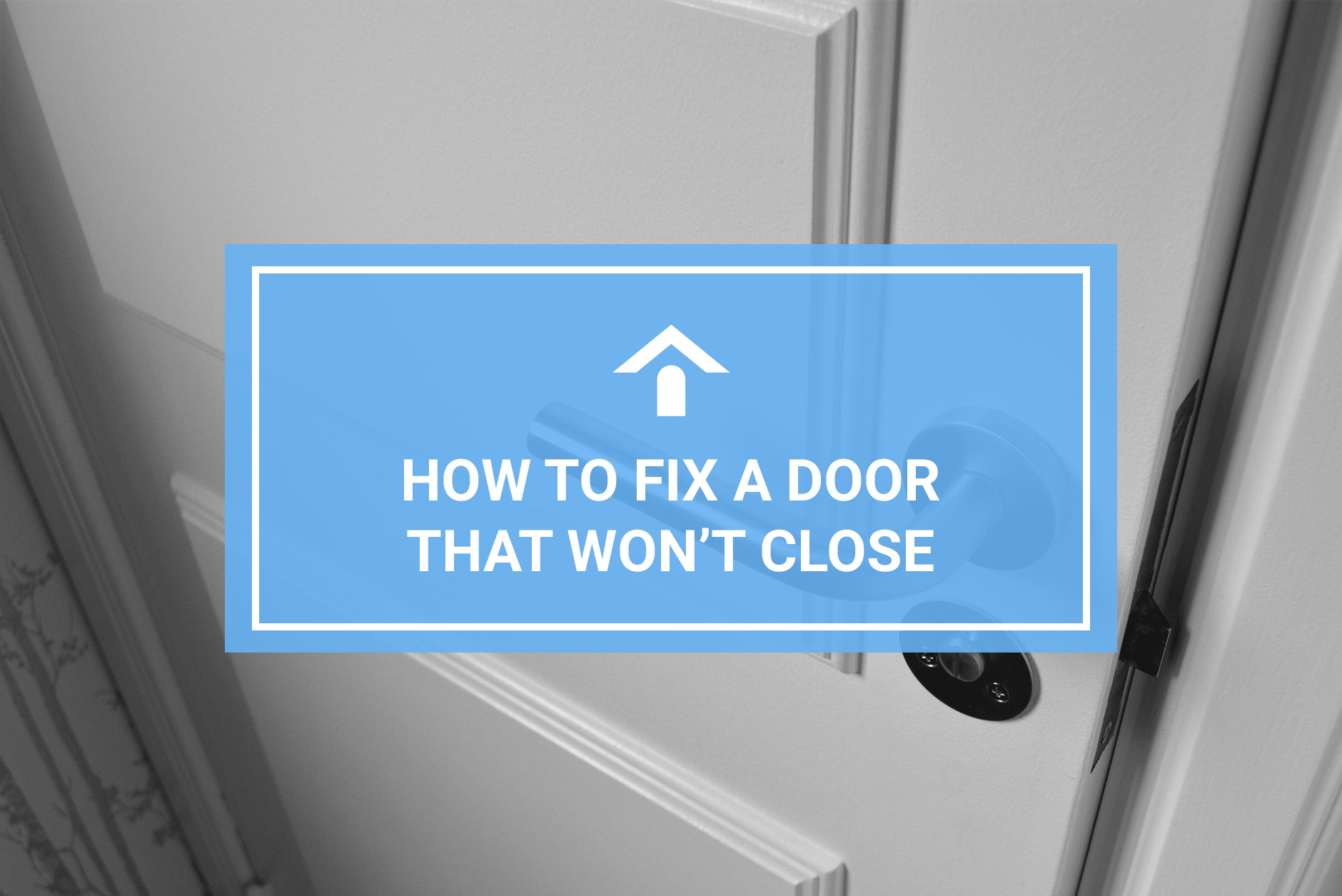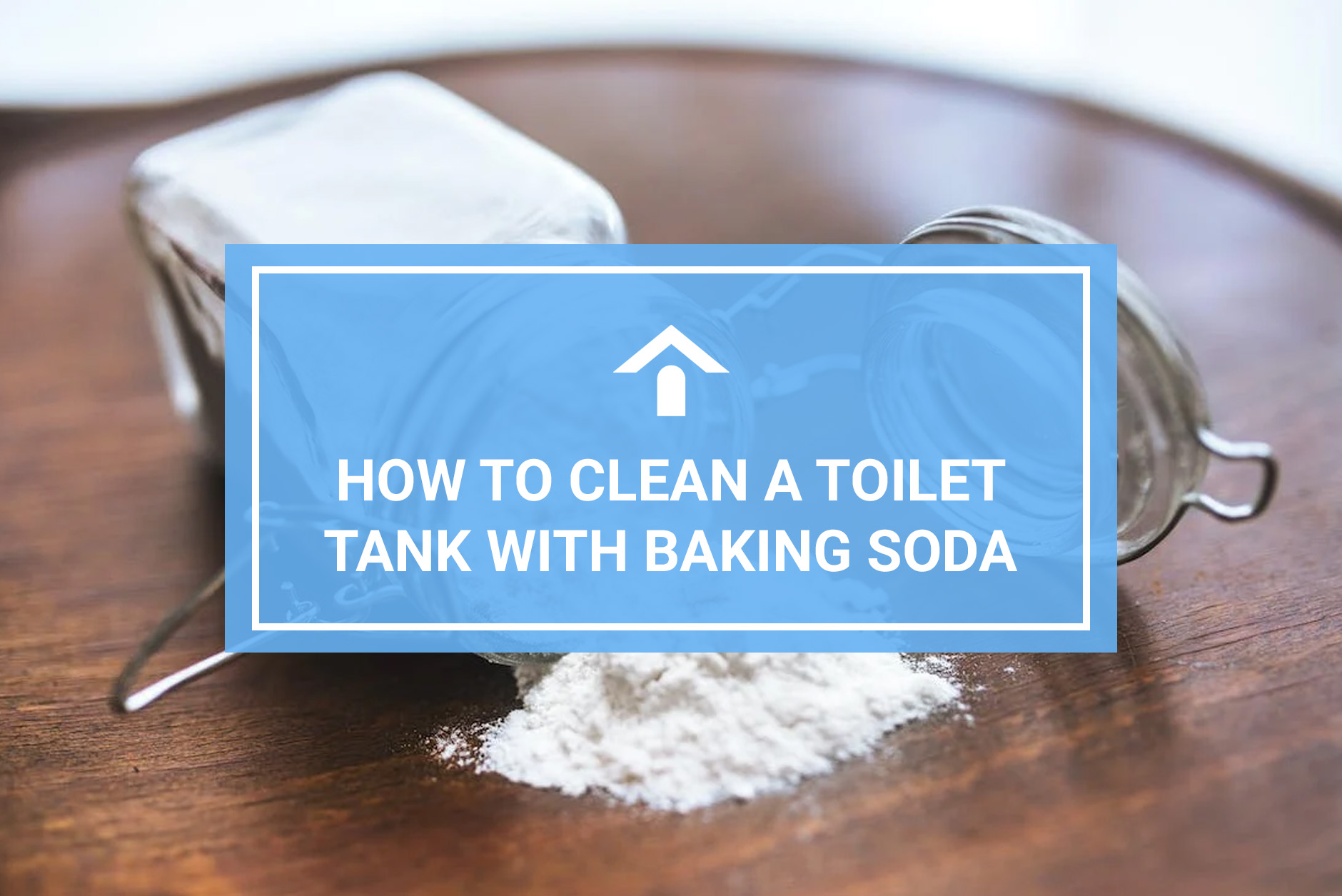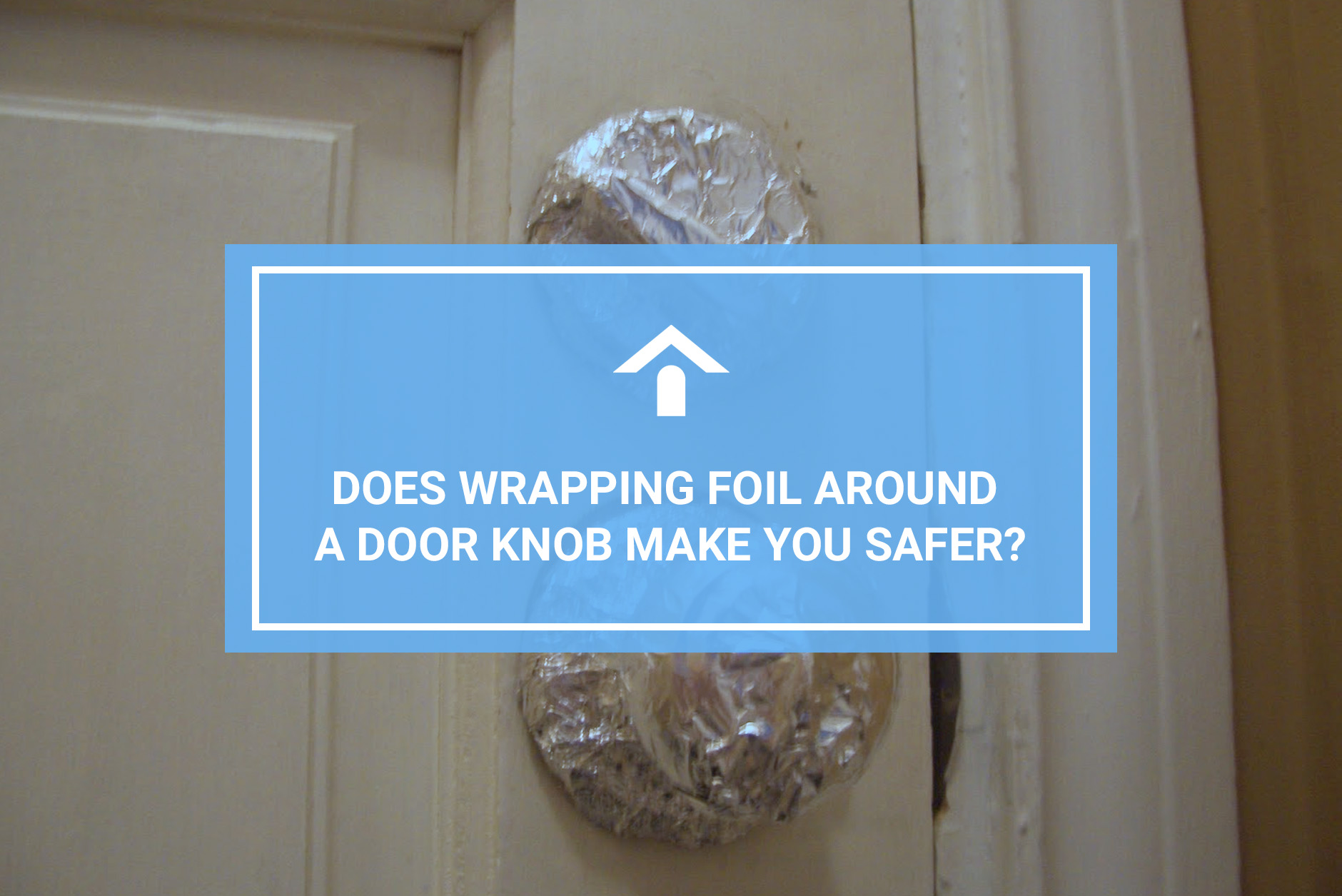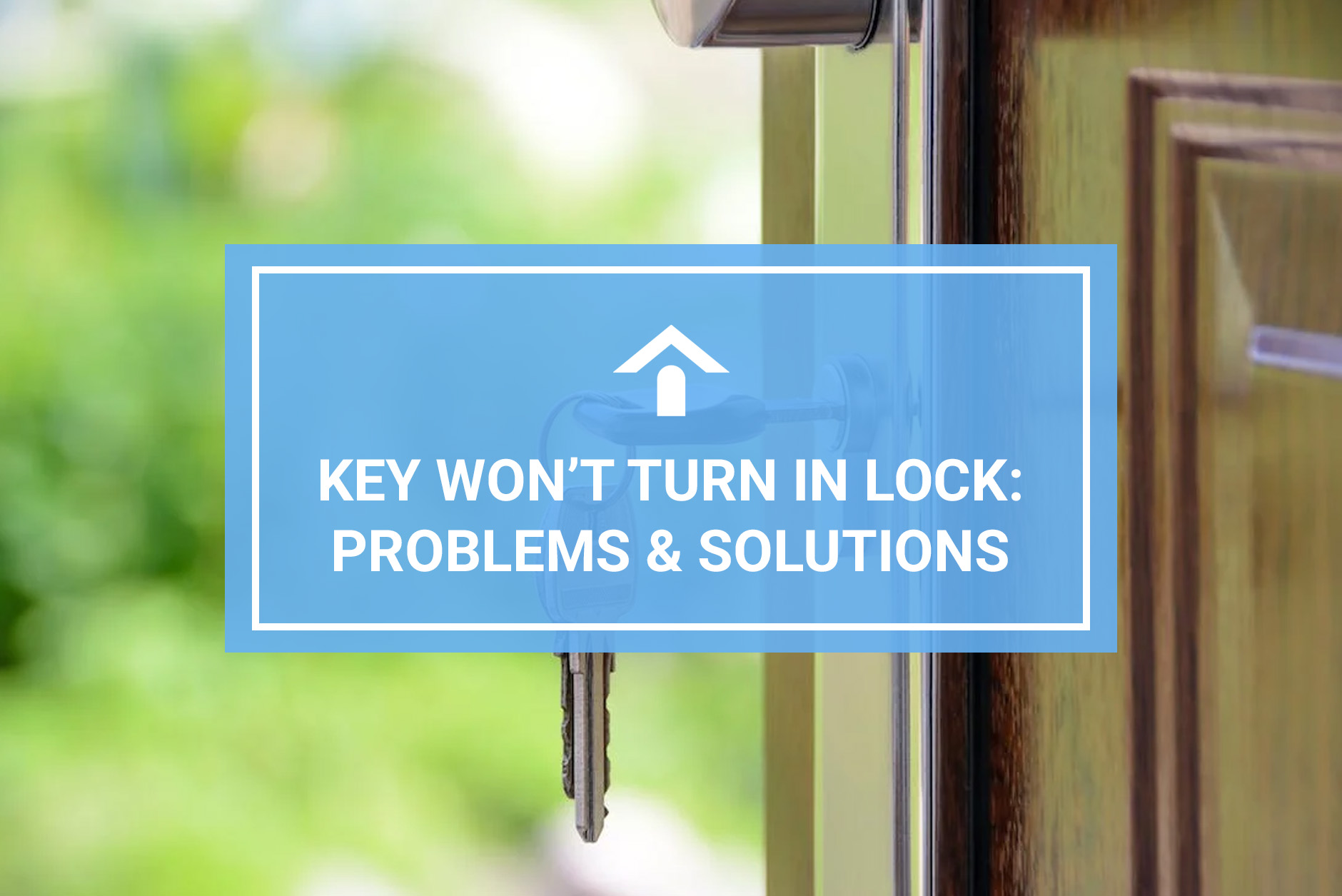They say when one door closes, another one opens. But what if it’s the same door that keeps coming open every time you try to close it? That’s not an opportunity — it’s a huge headache.
Fortunately, it’s a problem that has some solutions. In this article, we walk you through some of the most common causes of this problem and how to fix a door that won’t close in seven simple steps. Read on to learn everything you need to know.
Reasons Your Door Might Not Close
To understand how to fix a door that won’t close, you first need to understand the cause of this frustrating problem. As it turns out, there are a few possible reasons why your door won’t close:
- Problems with the alignment of the latch and strike plate
- Problems with the door hinges
- Door jambs out of alignment
- Swelling wooden doors or door frames due to temperature and moisture
We’ll take a closer look at each of these problems below.
Door Latch Not Contacting the Strike Plate Correctly
This is the most common reason why your door won’t stay closed: The latch or bolt does not reach the strike plate at the correct point. For a standard exterior or interior door to close and stay closed, the bolt or latch must be aligned with the strike plate — the metal plate attached to the door frame — in a way that allows the bolt to enter the designated opening in the strike plate.
Due to shifting, improper installation, damage, or swelling due to changes in temperature, a latch that was once aligned properly with a strike plate may no longer line up. Then, when you close the door, the bolt or latch cannot fully exit its place on the interior of the door and enter the opening in the strike plate. That means the door can come back open with a gentle pull or even due to indoor air currents.
Door Hinge Problems
The hinges are the pieces of hardware that attach the door to the door frame. They’re usually metal and relatively sturdy, but over time or due to wear and tear, they can become loose or warped.
When that happens, the angle at which the door opens and closes shifts slightly, and that can cause the door not to close properly. Also, if your door has been recently installed and is swinging open somewhat abruptly, that could be a sign that the hinges were installed incorrectly.
Misaligned Door Jambs
Door jambs are the wooden pieces of the frame around the doorway. Even a small problem with the door jambs can cause your door not to close properly. For example, an impact with the door jamb while you are, for example, moving furniture, can knock it out of alignment and cause your door not to close properly.
A typical sign that your door won’t close due to problems with the door jambs is scraping or damage to a particular corner of the door frame where the door is hitting it.
Door Swelling Due to Temperature
Wooden doors face the unique problem of swelling when there are changes in temperature and moisture. For example, extreme heat can cause a wood door to expand, and so can winter weather because the cooler air usually has much more moisture than the warmer air of spring and summer.
In any case, when your wooden door expands too much, it won’t close properly. You will probably notice it all of the sudden when you go to close the door: There’s a rubbing or scraping of the door on the floor or frame. And before you know it, the door may not close at all.
Step by Step: Fixing a Door That Won’t Close
We have discussed the most common reasons why doors won’t close. Now, it’s time to learn how to fix a door that won’t close.
The problem is that, unless you’re quite experienced, you probably don’t immediately know which of the above causes is what’s keeping your door from closing. That’s why we have put together this step-by-step guide for fixing a door that won’t close. With each step, you test or try something that will tell you the problem and potentially solve it. Read on.
1. Do the Lipstick Test
Because misalignment of the door latch and strike plate is the most common reason why a door won’t close, this should be the first problem you check for. Sometimes, you can get down to eye level with the latch and see the misalignment as you close the door. However, you often can’t see exactly how the misalignment is occurring.
The problem is that you need to see it in order to adjust it in the right way. That’s where the lipstick test comes in. To do the lipstick test on your door, follow these steps:
- Place masking tape over the strike plate.
- Put lipstick on the edge of the door latch.
- Close the door slowly and then open it.
You should see lipstick on the masking tape. Where the lipstick is is where the latch is contacting the strike plate. You can use this information to know whether you need to adjust the latch or strike plate upward or downward.
2. Tighten Up the Hinges
Sometimes, tightening all of the screws on the door’s hinges will quickly fix a door that won’t close. That’s because hinges that are loose can cause the door to sag inside the frame, and that causes misalignment that can cause the door to catch in the corners or the door frame or cause the latch to miss the strike plate hole.
So, make sure the hinges are securely fastened by tightening every screw. Then, test the door. Still not closing properly? Give this a shot:
- Remove one of the screws holding a hinge to the door frame.
- Replace it with a 3-inch screw.
- If the lipstick test told you that your latch needs to be higher, use this 3-inch screw on the upper hinge. If the latch should be lower, do it on the lower hinge.
Why do this? Because the longer screw can draw the door jamb slightly in, which can provide just enough of an adjustment to realign your latch with your strike plate hole.
3. Make the Hole in the Strike Plate Bigger
If tightening the hinges and inserting a longer screw into one hinge hasn’t done the trick, you may need to force the latch to fit into the right place by making the hole in the strike plate bigger.
This is easier than it sounds. Here’s how to make the strike plate hole bigger when your door won’t close properly:
- Refer back to the results of the lipstick test you did earlier. Measure the distance between where the latch made contact with the strike plate and where it should have gone to enter the strike plate hole.
- Remove the screws fastening the strike plate to the door frame.
- Using a metal file, enlarge the strike plate hole by the amount necessary to meet the latch where it was making contact with the plate. Remember to enlarge the hole in the correct direction rather than all around the hole’s circumference.
- Put the strike plate back on the door frame.
In most cases, this process will do the trick. After you’ve replaced the strike plate (and ensured that the enlarged hole is actually over a hole in the door frame and not just solid wood), your door should close and securely latch with no problem.
4. Change the Location of the Strike Plate
If the strike plate and latch are too misaligned to make enlarging the strike plate hole a feasible solution, you may need to move the strike plate altogether. It’s important to try the other steps before you try this one because moving the strike plate is a lot more work than the other ways to fix a door that won’t close we’ve discussed so far.
If you’re going to move the strike plate up or down, you will need to enlarge the mortise — the recessed part of the door jamb that holds the strike plate in its current position — so that it can accommodate the strike plate in its current spot. You can usually accomplish this by tapping a sharp chisel gently with a hammer. Once you have enlarged the mortise the proper amount, complete the following steps:
- Remove the screws holding the strike plate in its current position.
- Place the strike plate in its new position and drill holes where the screws will now need to go.
- Screw in the strike plate in its new position.
- Use wood filler to fill the newly created gap in the mortise above or below the strike plate’s new position.
- Remove the strike plate and paint the patched area to match the door.
- Replace the strike plate.
With the strike plate in its new position, your door should shut and stay shut.
5. Remove and Flatten the Strike Plate
Sometimes, physical damage or long-term use will leave a strike plate curved or warped. If this is the case, the door may or may not latch correctly. But even if the latch meets the correct part of the strike plate hole, it may not extend far enough into the hole to keep the door shut.
This one has a relatively simple fix. Here are the steps:
- Unscrew the warped or bent strike plate and remove it.
- Place the strike plate on a work table or other hard surface you wouldn’t mind hammering on.
- Hammer the strike plate gently until it is completely flat again.
- Replace the strike plate.
Keep in mind that, if the strike plate was significantly bent or warped, the screw holes may be degraded and virtually unusable. In this case, you may need to fill the holes and drill new ones to hold the strike plate securely in position.
6. Sand Down Door Jambs
If you notice that your door is catching on a particular corner or section of the door frame and doesn’t appear to be out of alignment with the strike plate, you may be able to fix it without unscrewing or hammering anything. This may be a simple case of the door not quite fitting in the doorway, and it’s easily fixable with sandpaper or an electric sander.
Simply identify the place where the door is making improper contact with the door jamb, and sand the jamb down until the door will shut. Remember to repaint the area you’ve sanded, and take it slowly — you don’t want to over-sand it and create too much space in your door frame.
7. Shim the Door’s Hinges
In some relatively rare cases, a door may not properly close because its hinges have sunk deeper into the mortise than they originally were placed. In this case, many of the methods we have discussed so far are unlikely to provide a permanent fix.
Fortunately, there’s a way to fix this problem. You have to shim the door’s hinges to properly align them and stabilize the door. Here’s how to do it:
- Remove the door from the hinges.
- Remove the hinge screws and remove the hinges.
- Cut pieces of cardboard or similar material to fit squarely into the hinge mortises.
- Place the pieces of cardboard in the hinge mortises and reattach the hinges.
- Place the door back on the hinges.
The added cushion and reduced depth of the mortises should stabilize the door enough to make it close properly.
Final Thoughts
Knowing how to fix a door that won’t close is half the battle. Now, all you have left is to roll up your sleeves and do it. Keep in mind, however, that some carpentry and home maintenance issues may transcend simple DIYs and how-tos, and there’s never any shame in calling in a professional when you need one.






